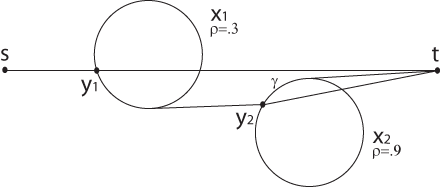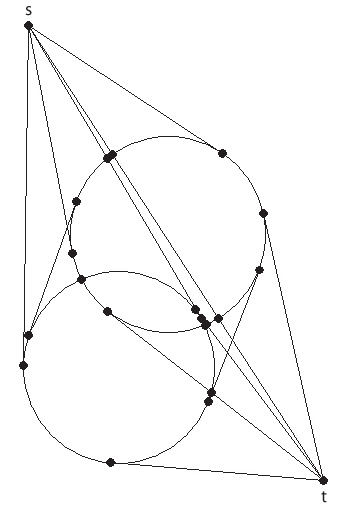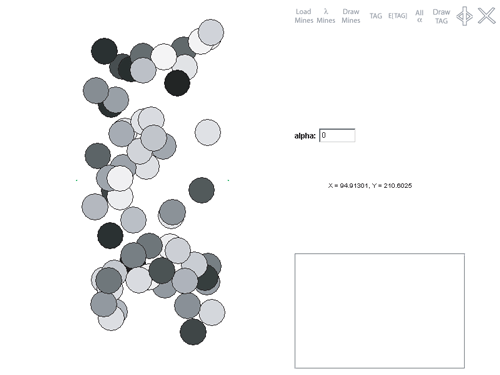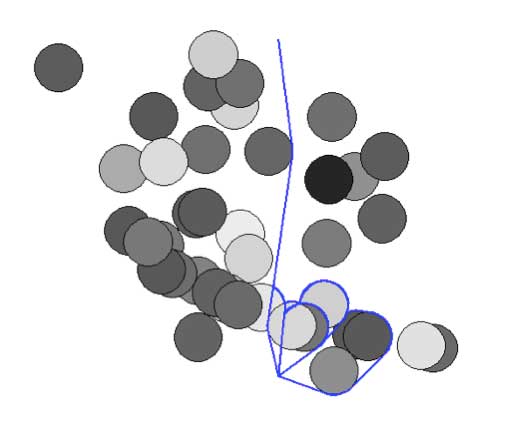Risk Simulation
Risk Simulation
Last updated: April 1, 2021
Decision making is often far from a straightforward task. For example:
Suppose there is a need to swiftly navigate through a spatial arrangement of possibly forbidden regions, each region marked with the probability that it is indeed forbidden. In close proximity to any of these regions, we have the dynamic capability of disambiguating the region and learning for certain whether or not the region is forbidden—only in the latter case may we proceed through that region.
For problems like these, technology can help users make difficult, complex decisions. When no closed-form formula exists, algorithmic simulation can help reduce noise and boost relevant information needed to optimize a particular problem.
But despite all the code, mathematics, and algorithms involved in risk simulation, visualizing the information is still one of the most important elements in a system so that the user can understand the context in which a decision is to be made.
For a risk simulation project with Donniell Fishkind, Carey Priebe, Leslie Smith, and Al Aksakalli, I created a graphical risk simulation application to help solve the problem quoted above.
As an example, given set of mine detections and probabilities, s, t, K, c, we were able to find a protocol of minimum expected path length for a given undesirability function.
For more information, please see:
- "Disambiguation Protocols Based on Risk Simulation," Donniell Fishkind, Carey Priebe, Kendall Giles, Leslie Smith, Al Aksakalli. IEEE Transactions on Systems, Man, and Cybernetics, Part A, 37:5, 814-823, September, 2007.



